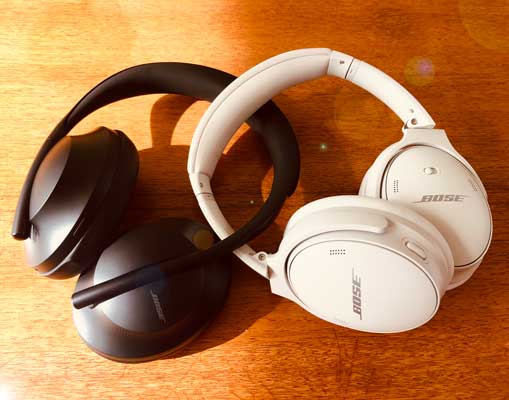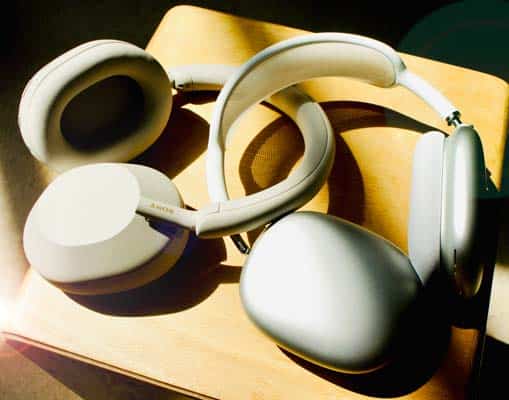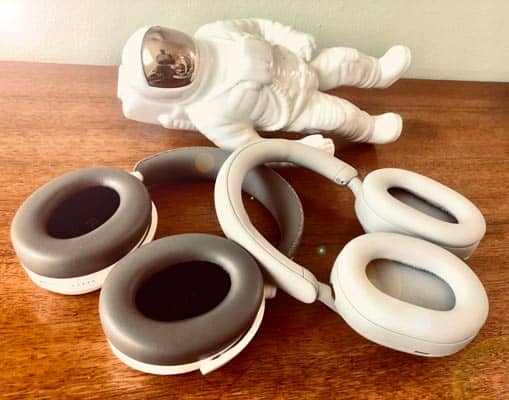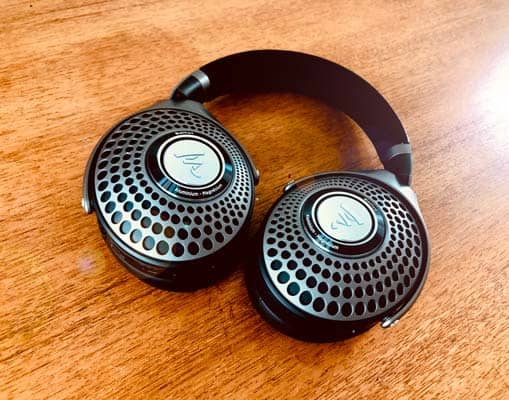Summary and Rating: Sony WH-1000XM4 vs Sony WH-1000XM5
Sony WH-1000XM4
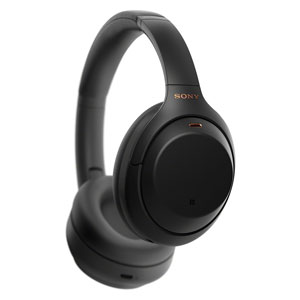
Check Price:
Sony WH-1000XM5
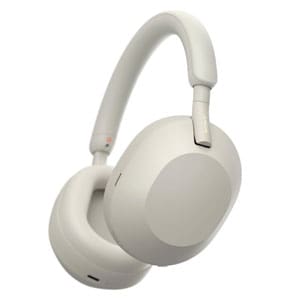
Check Price:
XM4 – Our Rating
4.4 (out of five)
4.2 Sound
4.7 Noise-Cancelling
4.5 Build Quality
4.0 Comfort
4.6 Value
XM5 – Our Rating
4.5 (out of five)
4.3 Sound
5.0 Noise-Cancelling
4.5 Build Quality
4.5 Comfort
4.5 Value
Pros – XM4
- Good Sound for ANC cans
- Great Noise Cancelling
- Easy to connect
- Comfortable, solid build
- Intuitive hands-free controls
Pros – XM5
- Good to Very Good Sound for ANC cans
- Best noise-cancelling out there
- Easy to connect
- Very Comfortable, light build
- Intuitive hands-free controls
Cons – XM4
- Hyped bass, sibilant treble, need EQ
- Sound not up to audiophile levels in terms of detail resolution, dynamics, or overall tuning
Cons – XM5
- Hyped bass, veiled high mids, need EQ
- Sound not up to audiophile levels in terms of detail resolution, dynamics, or overall tuning
Bottom Line
These are some of the most popular ANC cans for a reason: both offer great noise-cancelling (XM5 is the best out there), better sound than most of the competition, comfort, and intuitive controls. The XM5 are the better performer of the two by a slight margin, the XM4 offer better value.
Introducing the Sony WH-1000XM4 and WH-1000XM5
A good pair of noise-canceling headphones can be a huge comfort in the everyday grind for many of us.
The problem is that Bluetooth ANC (active noise canceling) headphones have to get a lot of things right. Bluetooth technology and noise-cancelling are convenient and necessary in our modern world, but they bring their own technical hurdles. As a result, sound quality is often compromised
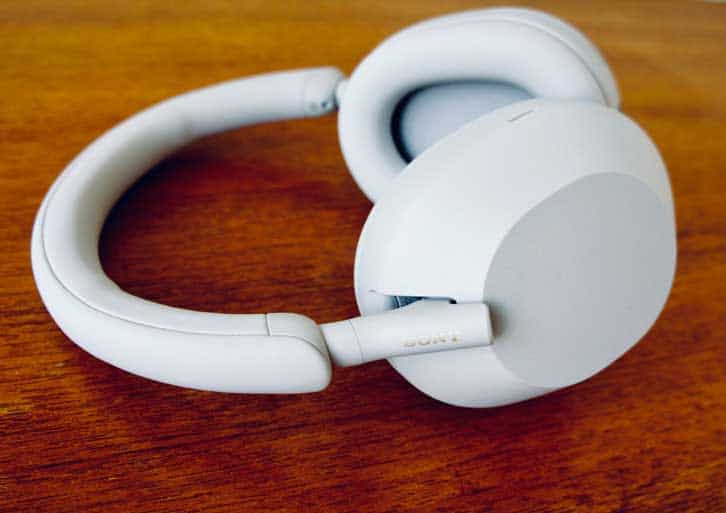
If you want good noise-canceling and also place a high priority on sound quality, your choices today narrow down to a few over-ear models.
For this review, we got our hands on two of the most popular models out there: the Sony WH-1000XM5 and the Sony WH-1000XM4. We tested them thoroughly to see how they compare to each other and other competitors.
See here for all of our reviews of headphones. For all of our audio gear reviews, see here.
Alternatives to the Sony XM4 and Sony XM5
Sennheiser Momentum 4
Best value ANC headphones in our book. Very good sound, massive battery life.
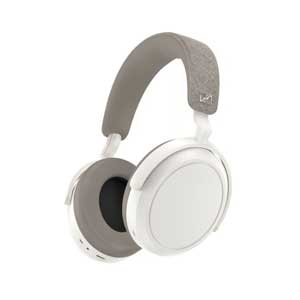
Check Price:
Focal Bathys
ANC headphones for audiophiles – dynamic punch, excellent resolution.
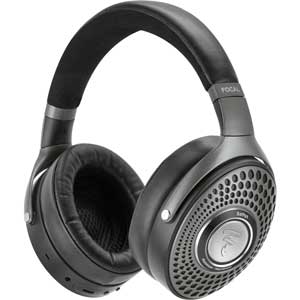
Check Price:
Apple AirPods Max
Tied for best noise-cancelling (with XM5), very comfortable with very good stock tuning.
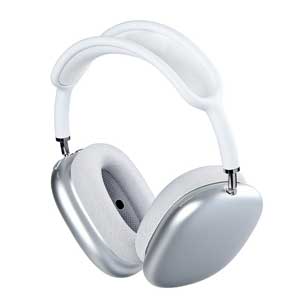
Check Price:
Bose Noise Cancelling Headphones 700
Great Noise-cancelling, decent sound, competitive price.
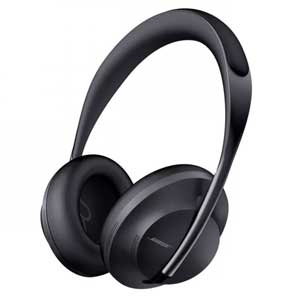
Check Price:
Who are the Sony WH-1000XM4 and Sony WH-1000XM5 for?
The Sony XM4 and XM5 are for everyone in search of quality noise-cancelling headphones with good sound.
Both headphones are built for the modern urban grind. They are headphones are packed with hardware: headphone drivers, touch and movement sensors, and microphones for calls and assessing your environment.
Who are the Sony WH-1000XM4 and Sony WH-1000XM5 NOT for?
The Sony XM4 and XM5 are not recommended for critical listening. They are tuned to appeal to the average consumer and have a very affected frequency response.
For audiophiles in search of quality ANC cans, we would recommend the Focal Bathys or on the more affordable side, the Sennheiser Momentum 4. (See here for a head-to-head comparison of the Sennheiser Momentum 4 and the Sony WH-1000XM5)
More on ANC Headphones…
Sound
First Overall Impressions
Both headphones deliver a pleasant listen especially with a few EQ adjustments. The XM5 has better overall performance and tuning out-of-the-box, but the sound of the XM4 after EQ is not far behind.
On first listen, it is clear that the overall performance of both cans is better than most of the competition. In terms of sound, the XM5 have a slight edge. Let’s dive into the details.
Sony WH-1000XM4 vs Sony WH-1000 XM5 Frequency Response Diagram
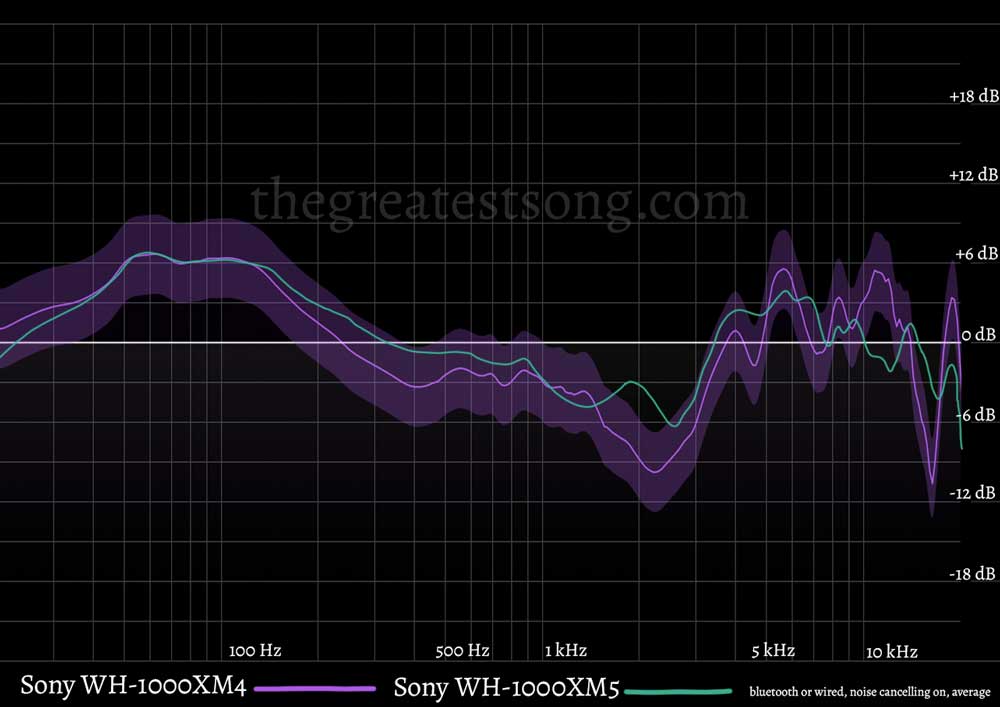
Both will respond well to EQ adjustments from the Sony Headphones app or with the EQ of your choice.
Bass
Like many over-ear consumer headphones, the bass is massively over-hyped on both the XM4 and XM5. In these low frequencies, the response of the XM4 and XM5 is nearly identical: boosted up about 6 dB from the sub-bass around 50 through the bass range to around 150 Hz.
Generally, this excessive bass doesn’t work for either set of cans. The transient response is slow and articulation is muddy.
That said, if you drop the overall bass response with EQ, it makes an obvious, immediate improvement to the sound. I found climaxes in orchestral music more exciting (because they sounded realistic). Also, the bass in a track like the Beastie Boys Shake Your Rump is clarified rather than a muddy mess.
Midrange
Out of the box, in the midrange, the XM5 has a more pleasing fullness than the XM4 (in the 300-500 Hz area). However, in the high mids, the XM5 has a slightly veiled, old-radio color.
Out of the box, the mids on the XM4 are simply overpowered by the top and bottom.
With some EQ adjustments, both headphones are technically capable enough to deliver a more realistic, pleasing response.
Highs
In the high frequencies, the XM5 has much better tuning before EQ.
The XM4 has just a bit too much sibilance and zing at the top before EQ. For example, on Squarepusher’s track Port Rhombus, the zing on the snare hits was piercing on the XM4.
However, with about 7dB attenuation at 8.5 kHz and -4dB at 11.5 and a slight roll-off of the air at the top, I found the overall experience of the XM4 much more enjoyable. After EQ, they were on par in performance with the XM5.
Soundstage and Stereo Image
Both the XM4 and the XM5 present a consistent stereo image without any sudden gaps as you pan from left to right and back.
The XM5 presents a fuller, wider soundstage than the XM4. Not as expansive as something like the Focal Bathys but still generous for closed-back headphones.
The XM4 has a typical closed-back headphone presentation of the soundstage, closer in on the ears, but unyielding either.
Build/Design
Both the XM4 and XM5 have excellent overall build quality. The pleather cushions and headband are comfortable and durable.
The biggest change in build with the XM5 is the headphone drivers: where the XM4 uses 40 mm Liquid Crystal Polymer (LCP) diaphragms, the XM5 has 30mm carbon fiber composite drivers. This change on the XM5 results in a slightly better overall performance.
Headband
The obvious design difference is the slimmer headband on the XM5. In place of the ratchet motion for size adjustment, the XM5 has a smooth motion. Where the XM4 folds neatly into a ball or flat to fit its case, the XM5 has no folding mechanism.
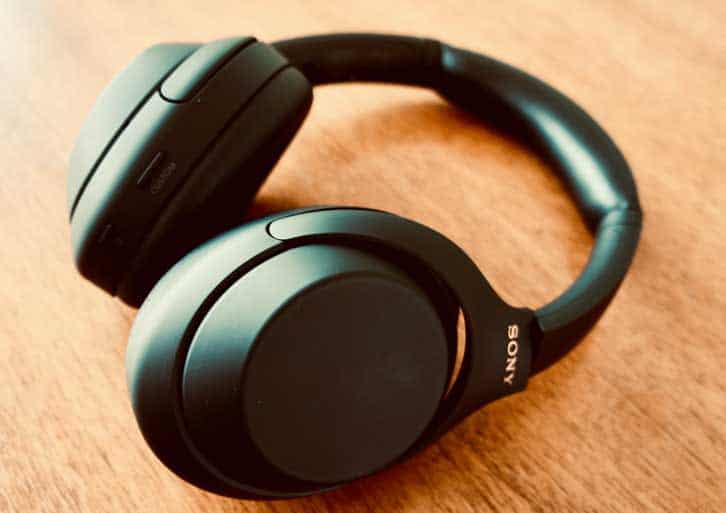
There is not much advantage to the XM4 folding mechanism. Nestled in the case, the XM4 take up a bit less space than the XM5, but they both take up about the same amount of space in a bag.
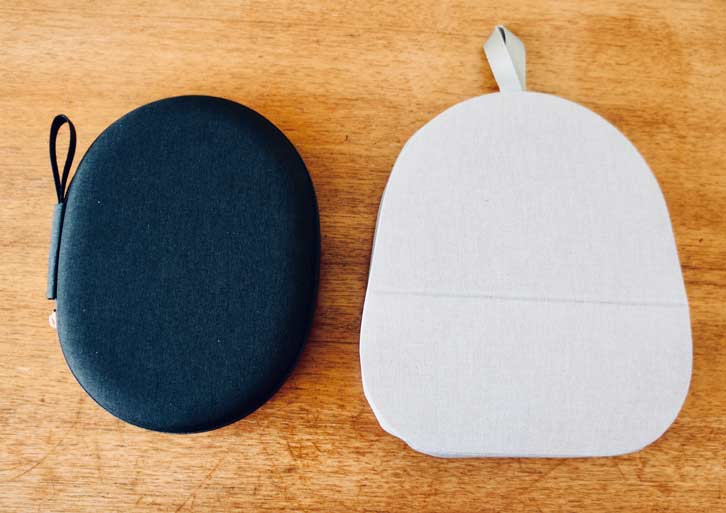
Comfort
Both headphones have soft-touch pleather ear pads and are generally very comfortable to wear.
That said, I found the XM5 to be a bit more generous. The earpads on the XM5 are wider but not as deep as the XM4. Each pair of cans will fit differently depending on head and ear shape.
One thing that will affect comfort for everyone, however, is the plastic on the headband of the XM4. It makes ever-so-slight contact with the head between the top cushion and the ear pads. This becomes noticeable only in longer listening sessions.
As the XM5 has no such plastic and has less contact with the head, they are more likely to be more comfortable on most heads.
Noise Cancelling
Noise-canceling is one of the areas where both of these headphones excel.
Bose has traditionally taken the crown on the best noise cancellation, but with the advances the XM5 has made, this is no longer the case. The Sony WH-1000XM5 has best noise canceling on the current market (tied with the AirPods Max).
(See here to compare the Sony XM5 directly with the AirPods Max and here for more on AirPods noise cancellation. )
The XM5 has the advantage here over the XM4. The XM5’s new headband style, with wider ear pads, is more likely to form a better seal on most heads. As a result, the XM5 has much better passive noise cancellation.
In addition, the XM5 has double the amount of ANC microphones (8 where the XM4 has 4). Both headphones use and two processors for Active Noise Cancelling.
The XM5 generally has more noise attenuation. When comparing it to the XM4, this is noticeable especially in the sub-bass and high frequencies.
Both headphones use a feature that Sony calls Adaptive Sound Control. This adjusts the sound output based on your environment. On the XM4 you need to press the NC Optimizer button to recalibrate in a new place. Whereas, on the XM5, the process happens automatically.
Battery Life
In terms of battery life, both of these headphones will last around 30 hours with noise cancelling on, and music on constant play.
As you can see in the chart below, this is the median battery life compared to the competition. (The higher end is the Sennheiser Momentum 4 which offers up to 60 hours, and the lower end is the Apple AirPods Max at about 20 hours)
ANC Headphones Battery Life Comparison Chart
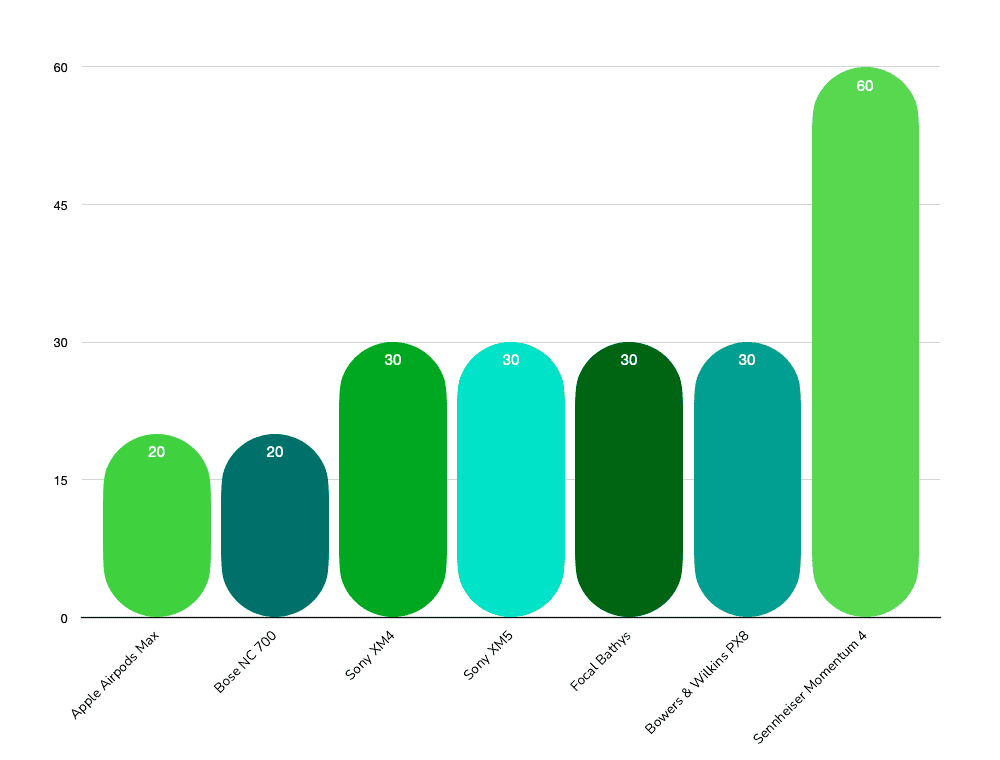
Both the XM4 and the XM5 take 3 hours to charge from empty to full, and a quick 15-minute charge will give you around 3 hours of use.
Due to its USB-C port, the XM5 has the advantage of being compatible with super-rapid USB-PD charge which can give you 3 hours battery life on a three-minute charge.
Controls
Pairing/Connecting
We found pairing or connecting both the XM4 and XM5 to be easy and intuitive.
Both remember devices and immediately connect to the last devices used. Both can connect to up to two devices at one time.
Other Controls
The hands-free controls on both headphones work relatively well and are pretty easy to figure out.
Both headphones come with a touch surface on the outside of the right earcup for hands-free commands Commands include: swipe up, down, and tap functions for play/pause, volume up/down, track forward/back, access voice assistant, and instant ambient sound (so you can hear what someone is saying without taking off the cans).
The play/pause command (single tap) is the only command that is sometimes not so responsive.
Both headphones also have the useful ‘pause playback’ feature. The headphones pause when you take them off and restart when you put them back on.
The XM5 has ‘Ok Google’ functionality, this is the only small difference in terms of the controls.
Other Features
Supported Bluetooth Codecs
Both support SBC, AAC, and hi-resolution LDAC Bluetooth codecs as well as DSEE Extreme. DSEE Extreme upscales compressed files in real-time by recognizing what has been trimmed in the file and restoring it, giving you a wider frequency range.
The XM4 uses Bluetooth 5.0 and the XM5 uses Bluetooth 5.2 (which makes them compatible with LC3 codec).
Other Supported Apps
Both headphones are compatible with Sony’s Headphones App. This allows you to adjust EQ, and use Sony’s audio spatial algorithm to create virtual surround sound.
Both work with Google Assistant, Alexa, or Siri. And, both headphones can be connected with Google find my device or the Google Fast Pair feature which allows you to locate your cans with a beeping sound.
Calls
For taking calls both the XM4 and the XM5 use Sony’s ambient noise reduction to bring out only the sound of your voice in a noisy setting.
As you can hear in the tests below, this technology is okay. I wouldn’t be excited about receiving a call on a windy day from either of these headphones but the XM5 manages this a bit better than the XM4.
Even in normal conditions, I didn’t find the call quality to be that great.
Verdict: Which one is better, the XM4 or XM5? And, are they worth it?
Sony WH-1000XM4

Check Price:
Sony WH-1000XM5

Check Price:
These are two of the most popular ANC cans for a reason: they both offer great noise-cancelling, comfort and intuitive controls.
The XM5 is the better performer of the two by slight margin. And the XM4 offers better value.
Both models are very tough to beat in the current market. Both of the these headphones offer better sound than any of the current Bose ANC headphones. The sound of the XM5 is about on par with the Apple AirPods Max, but at a much lower price.
Neither of these cans delivers the kind of audiophile-level sound that rivals like the Focal Bathys offer, but they are still some of the better-sounding consumer ANC headphones out there.
The Sennheiser Momentum 4 are our favorite for overall value, but the XM4 are a very close second.
If you decide to get either the WH-1000XM4 or WH-1000XM5, you are likely to be pleased with your choice.
Questions or Comments?
Follow the discussion here on Facebook.
